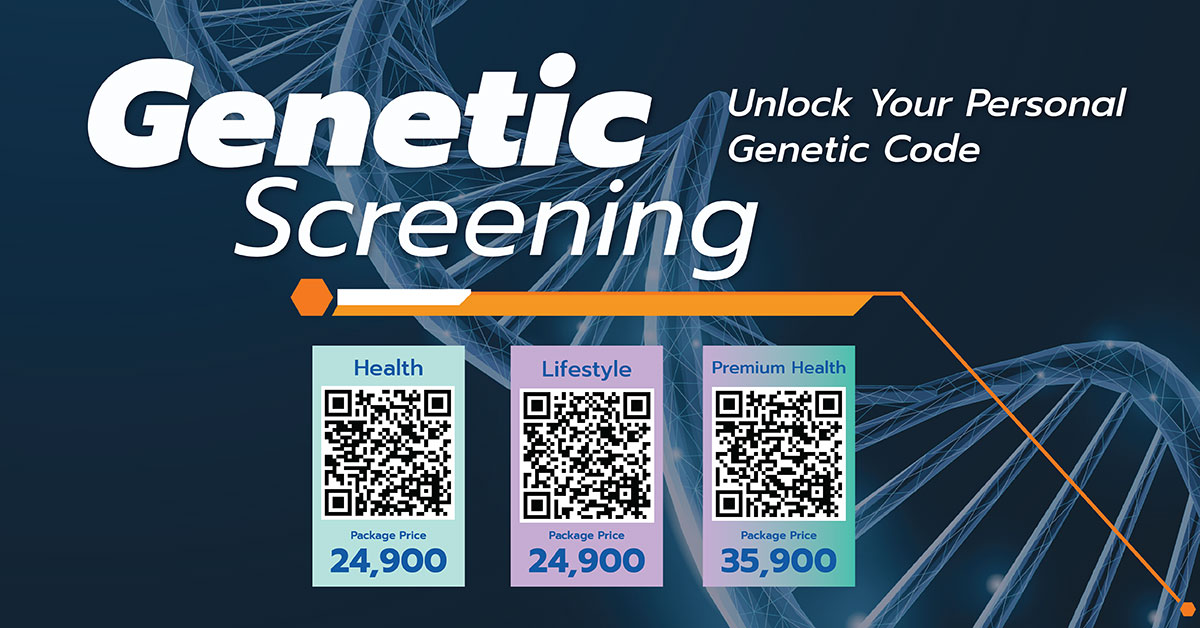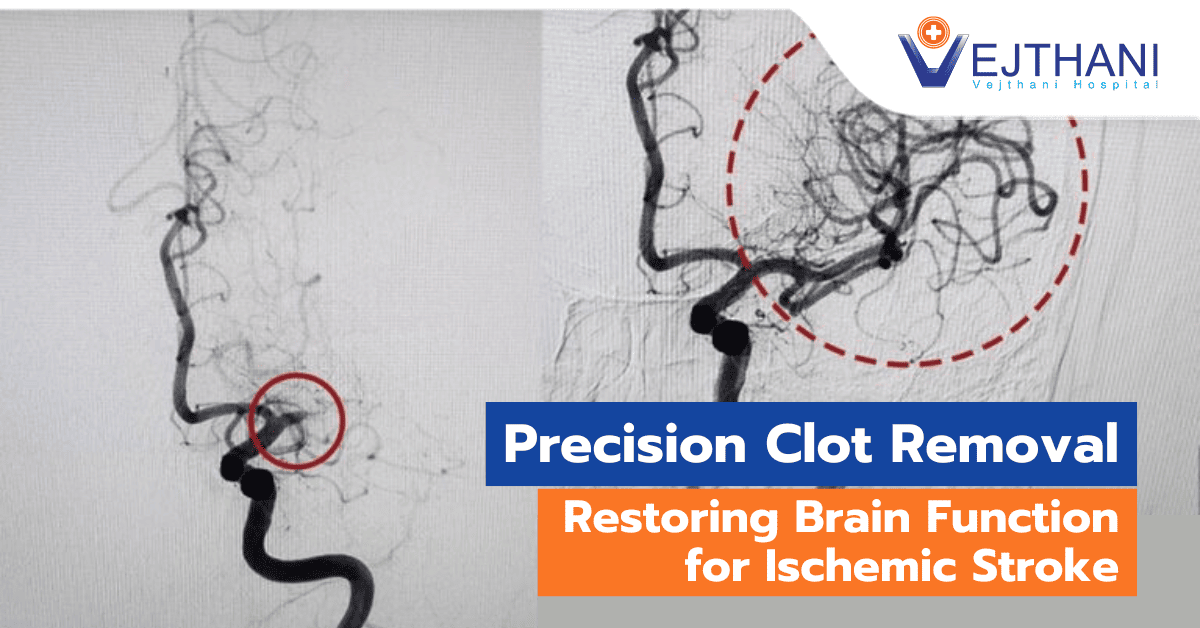
Vasovagal Syncope
Overview
Vasovagal syncope, also termed neurocardiogenic syncope, manifests as fainting triggered by the body’s exaggerated response to certain stimuli, like seeing blood or experiencing intense emotional distress. This response prompts a sudden decline in heart rate and blood pressure, resulting in decreased blood flow to the brain and a brief loss of consciousness. Although generally benign and often not necessitating treatment, there exists a potential for injury during an episode. To rule out more serious underlying conditions, such as heart disorders, your physician might suggest diagnostic tests.
Symptoms
Some of the following symptoms may manifest prior to vasovagal syncope-related fainting:
- Tunnel vision, a condition in which your field of vision narrows, allowing you to see only what is directly in front of you.
- Vision becomes blurred
- Lightheadedness
- Nausea
- Pale skin
- Warm sensation
- A cold, clammy sweat
- Yawning
When someone witnesses a vasovagal syncope event, they could observe:
- Dilated pupils
- Jerky, irregular movements
- A slow, faint pulse
Recovery after a vasovagal episode usually starts within a minute. However, standing up too soon after fainting—typically within 15 to 30 minutes—can increase the risk of fainting again.
Fainting can sometimes indicate a more serious condition, such as a heart or brain disorder. It’s advisable to consult your doctor after a fainting episode, especially if it’s your first time experiencing one.
Causes
Vasovagal syncope occurs when the section of your nervous system responsible for regulating heart rate and blood pressure responds abnormally to a stimulus, like the sight of blood. This triggers a slowdown in heart rate and the widening of blood vessels in your legs, causing blood to accumulate in the legs and a decrease in blood pressure. This dual effect, comprising lowered blood pressure and a slower heart rate, diminishes blood flow to the brain, leading to fainting.
While sometimes there may be no obvious trigger, common triggers for vasovagal syncope include:
- Prolonged standing
- Exposure to heat
- Observing blood
- Having blood drawn
- Fear of physical harm
- Exerting oneself, as in getting a bowel movement
Risk factors
Approximately one in three individuals will experience vasovagal syncope at least once in their lifetime, and it can affect people of any age. In those under 40, vasovagal syncope accounts for about 85% of all fainting episodes. Among older adults, it constitutes around half of such cases.
Individuals with autonomic nervous system disorders, like Parkinson’s disease, are highly unlikely to experience vasovagal syncope. This is because their condition interferes with the normal functioning of their nervous system.























